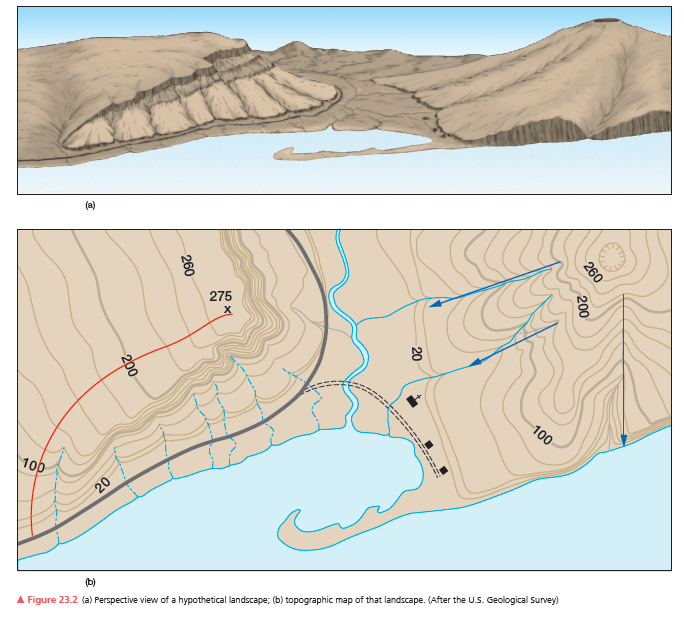How is the rate of natural increase, also known as natural growth rate (NGR), for a country or region calculated?
A) It is estimated from migration records.
B) using arable land
C) taking the agricultural output and dividing it by the current population
D) It is equal to GNP.
E) the difference between the birth rate and the death rate
E
You might also like to view...
In what compass direction does the river flow? How can you tell?
Use Figure 23.3 to do the following work and answer the question.

What will be an ideal response?
When Carbon 14 decays, the product is
A) Nitrogen 14. B) Aluminum 13. C) Carbon 12. D) Carbon 13.
Anions have gained electrons and so have a
A. neutral charge. B. negative charge. C. positive charge.
Which tectonic plates are responsible for the majority of seismic activity in the Alpine-Himalayan Belt, extending through the Mediterranean Sea and through the Himalayas?
A) African, Antarctic, and Eurasian plates B) Eurasian, North American, and Pacific plates C) North American, South American, and Cocos plates D) Eurasian, African, and Indian plates